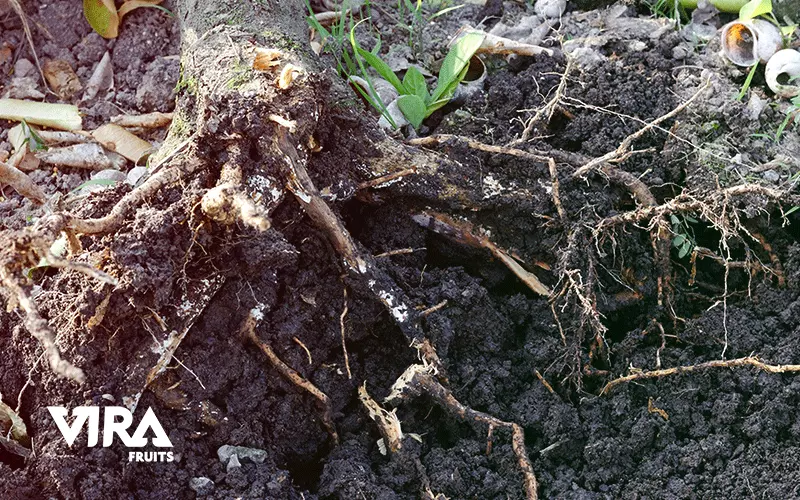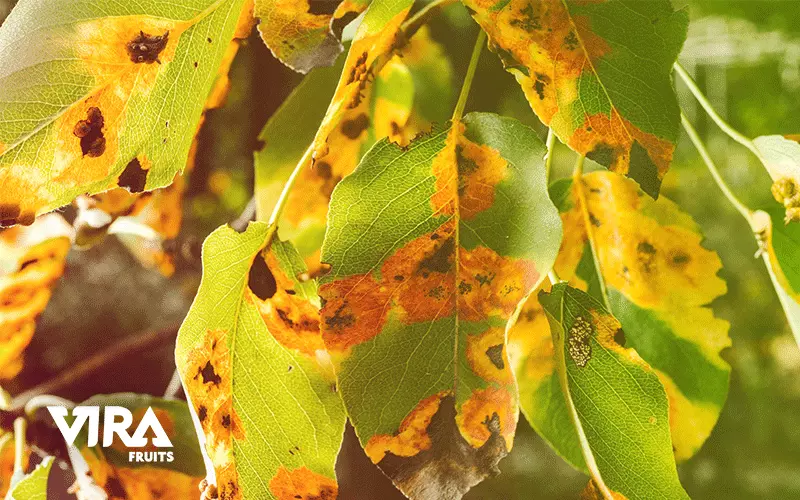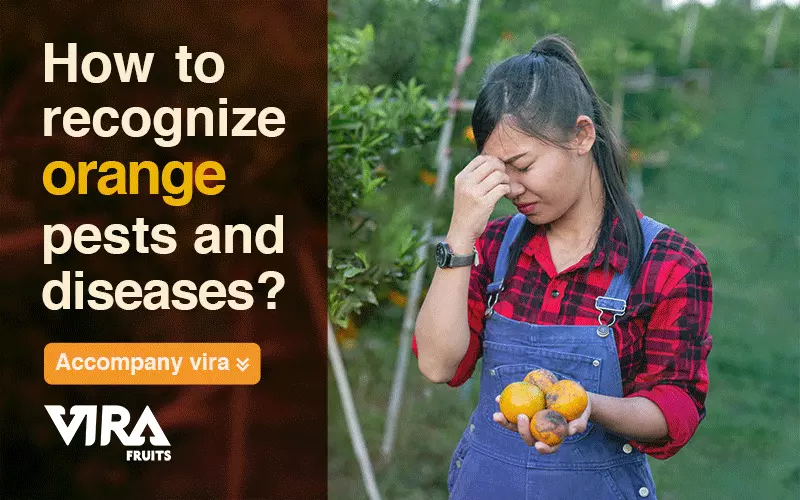Citrus trees, such as orange trees, retain their leaves throughout Autumn. Six months after they produce flowers that are white and fragrant, they produce fruits that are also delightful. But it is important to lookout and realize that there are some orange pests and diseases, that with a little care they can be prevented and avoided. It is important to note that, usually, orange pests and diseases are affected by incorrect growing conditions. We have introduced some of the most common pests and diseases here:
Snails
A snail infestation is known to cause leaves to be chewed into and fruit to be scarred or pitted. In close proximity to the soil, you might also see silver trails surrounding the trunk and branches. You can also see the locations of snails under leaf debris by lifting lower branches. But the question is that how can you control it?
A proper sanitation program is crucial for controlling snails around trees. Make sure all leaf debris is cleared from under the tree. In addition to being a good hiding place for snails, ground leaves also provide them with a place to bread. Especially lower branches that are touching the ground should be pruned and removed. Additionally, place Slug and Snail Bait around the trunk of the tree as part of a proper sanitation program. Place the bait in circles around the tree trunk for optimal effectiveness.

Root rot
Root rot is the most important problem you might encounter. This problem occurs when the roots are floating in water due to watering too much or too often. It is highly important to let the soil dry between waterings and avoid water standing. With watering correctly, you can avoid root rot.
Purple scale
This is an important armored scale pest, which primarily affects citrus trees. A higher concentration of insects may be found in the center of the tree, where shadier and more protected conditions prevail. They are protected by the dense foliage underneath. This scale attacks the foliage, fruit, and stems of citrus, causing leaf yellowing and drop, deformed fruit, and malformed shoots. Heavy infestations can even cause the plant to die. The fruit may appear green, and the leaves may have yellow spots. Defoliations can occur when infestations are heavy.
Mealybugs
The waxy coating covering mealybugs provides protection for this orange pest or disease while giving the tree an appearance of cotton. The mealybug not only consumes plant cells but secretes honeydew, which interferes with photosynthesis and attracts ants. A solution would be syrphid flies, ladybugs, and parasitic wasps, which all attack mealybugs and are a big help to keep the number of this disease low. Additionally, you can use ready-to-use insecticidal soap.

Leaf drop
You will see significant amounts of leaves falling from your tree due to this problem. You may want to move your trees indoors during cold seasons, which can lead to leaf drops. Because of this matter, it is better to grow your plants in pots. During January and February, falling leaves are perfectly normal. But the problem occurs when you witness leaves falling off significantly.
In case of dry soil, which can cause this problem, you must water and mist regularly, so humidity is increased. But be very careful not to water the plant too much because it may cause root rot, and it can be equally fatal. You have to allow your plant to dry prior to the next watering session.
Citrus whitefly
Citrus whiteflies are tiny insects with white wings that measure about 1/12 of an inch long. Typically, it feeds on the undersides of the tree’s leaves. This is how you can make sure your fruit has been affected by this pest. Shake the branch a bit hard. By doing so, all the flies fly, and you can see them fluttering.
Additionally, they lay their eggs under the leaves, which is a bigger problem to solve. When the eggs hatch, the larvas start sucking the sap of the leaf. The leaf begins to curl and look like they are covered with a sooty, sticky, and mold substance. This pest is considered as one of the most difficult orange pests and diseases.
Conclusion
Since citrus, like orange, are easily affected by pests and diseases but hardly cured, it is better to take more care of them and pay closer attention to them. We at Vira Fruits regularly visit our suppliers and make sure all the plants and products are safe and without disease and pests.
